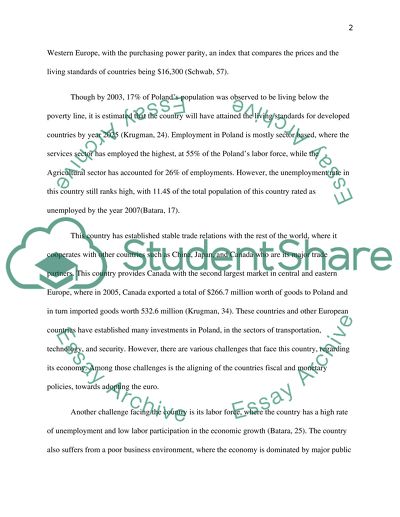Cite this document
(“Macroeconomy of Poland Research Paper Example | Topics and Well Written Essays - 1000 words”, n.d.)
Macroeconomy of Poland Research Paper Example | Topics and Well Written Essays - 1000 words. Retrieved from https://studentshare.org/macro-microeconomics/1450628-macroeconomy-of-poland
Macroeconomy of Poland Research Paper Example | Topics and Well Written Essays - 1000 words. Retrieved from https://studentshare.org/macro-microeconomics/1450628-macroeconomy-of-poland
(Macroeconomy of Poland Research Paper Example | Topics and Well Written Essays - 1000 Words)
Macroeconomy of Poland Research Paper Example | Topics and Well Written Essays - 1000 Words. https://studentshare.org/macro-microeconomics/1450628-macroeconomy-of-poland.
Macroeconomy of Poland Research Paper Example | Topics and Well Written Essays - 1000 Words. https://studentshare.org/macro-microeconomics/1450628-macroeconomy-of-poland.
“Macroeconomy of Poland Research Paper Example | Topics and Well Written Essays - 1000 Words”, n.d. https://studentshare.org/macro-microeconomics/1450628-macroeconomy-of-poland.


